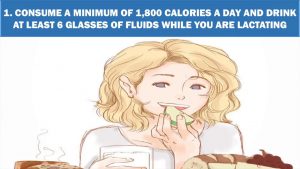This video and more updated versions of similar videos are available for instant download licensing https://www.alilamedicalmedia.com/-/galleries/narrated-videos-by-topics/diabetes ©Alila Medical Media. All rights reserved. Support us on Patreon and get FREE downloads and other great rewards: patreon.com/AlilaMedicalMedia All images/videos by Alila Medical Media are for information purposes ONLY and are NOT intended to replace professional medical advice, diagnosis or treatment. Always seek the advice of a qualified healthcare provider with any questions you may have regarding a medical condition. Diabetes refers to a group of conditions characterized by a high level of blood glucose, commonly referred to as blood sugar. Too much sugar in the blood can cause serious, sometimes life-threatening health problems. There are two types of chronic diabetic conditions: type 1 diabetes and type 2 diabetes. Pregnant women may acquire a transient form of the disease called “gestational diabetes” which usually resolves after the birth of baby. Pre-diabetes is when the blood sugar level is at the borderline: higher than normal, but lower than in diabetics. Prediabetes may or may not progress to diabetes. During food digestion, carbohydrates – or carb – break down into glucose which is carried by the bloodstream to various organs of the body. Here, it is either consumed as an energy source – in muscles for example – or is stored for later use in the liver. Insulin is a hormone produced by beta cells of the pancreas and is necessary for glucose intake by target cells. In other words, when insulin is deficient, muscle or liver cells are unable to use or store glucose, and as a result, glucose accumulates in the blood. In healthy people, beta cells of the pancreas produce insulin; insulin binds to its receptor on target cells and induces glucose intake. In type 1 diabetes, beta cells of the pancreas are destroyed by the immune system by mistake. The reason why this happens is unclear, but genetic factors are believed to play a major role. Insulin production is reduced; less insulin binds to its receptor on target cells; less glucose is taken into the cells, more glucose stays in the blood. Type 1 is characterized by early onset, symptoms commonly start suddenly and before the age of 20. Type 1 diabetes is normally managed with insulin injection. Type 1 diabetics are therefore “insulin dependent”. In type 2 diabetes, the pancreas produces enough insulin but something goes wrong either with receptor binding or insulin signaling inside the target cells. The cells are not responsive to insulin and therefore cannot import glucose; glucose stays in the blood. In other words, type 2 diabetics are “insulin resistant”. Here again, genetic factors predispose susceptibility to the disease, but it is believed that lifestyle plays a very important role in type 2. Typically, obesity, inactive lifestyle, and unhealthy diet are associated with higher risk of type 2 diabetes. Type 2 is characterized by adult onset; symptoms usually appear gradually and start after the age of 30. Type 2 diabetes accounts for about 80 to 90% of all diabetics. Management focuses on weight loss and includes a low-carb diet.
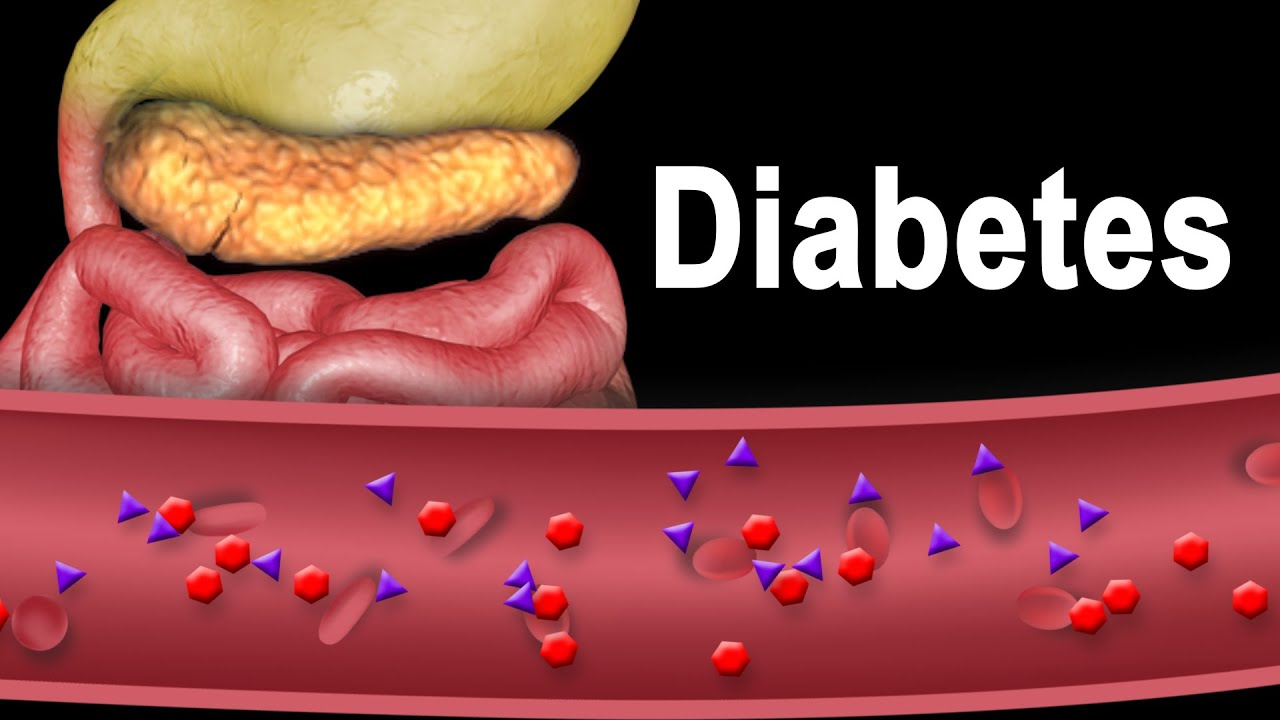
Diabetes Type 1 and Type 2, Animation.
- Post author:admin
- Post published:October 8, 2021
- Post category:Uncategorized
- Post comments:0 Comments
You Might Also Like
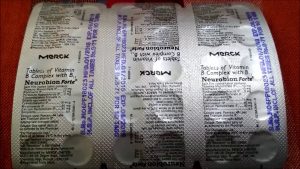
Neurobion fort Tablet of Vitamin B Complex with B12
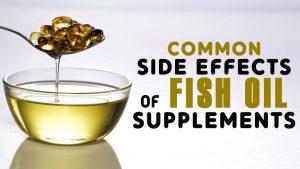
9 Common Side Effects of Fish Oil Supplements

Spa Types Video – 2

Flat Bench Fly-3

Pediatric Surgery Video – 3
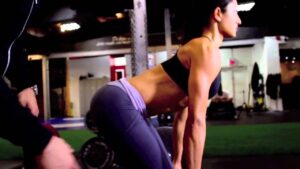
Dead Lift-3

How to Do the Overhead Shoulder Press | Arm Workout
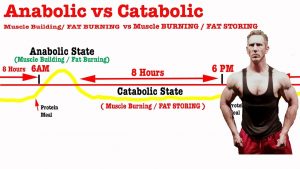
Anabolic vs Catabolic is KEY to FAT LOSS
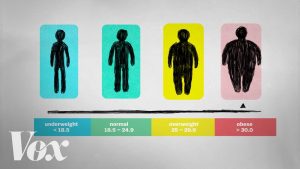
What BMI doesn’t tell you about your health

Pre Blended Creams Video – 3

Protein Foods Video – 2

Resistance Band Lateral Raises

Dumbbell Pullover-7
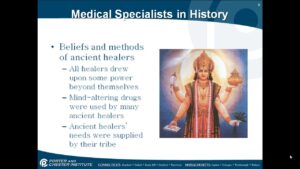
History Of Medicine Video – 3

Should You Take BCAAs? (The Truth About BCAA Supplements)
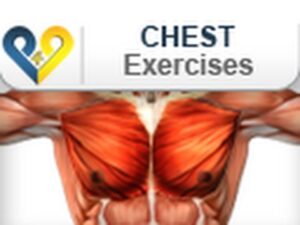
Chest Exercises: Push Up

Keto Diet, Keto Foods, Keto Recipes Video – 2
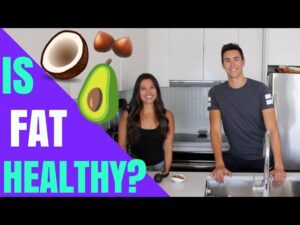
IS FAT HEALTHY?

BMI Calculation

The Muscle Group That Will Make You More Aesthetic!
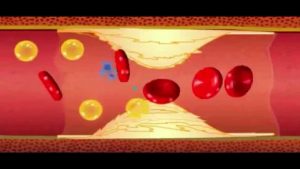
What is Heart Attack explained in Hindi by Dr. Vinod Sharma.

HGH, Growth Hormones & Plant Hormones Video – 11

The Health Benefits of a Vitamin B Complex (Comprehensive Review)

How to Do Basic Sitting Stretches | Taekwondo Training
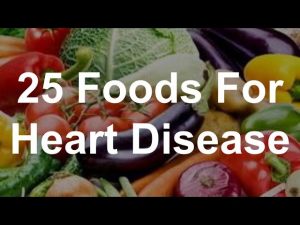
25 Foods For Heart Disease – Foods To Help Heart Disease

How To: Wall-Sit
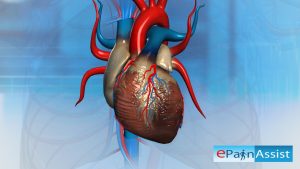
Heart Attack-What Can Cause a Heart To Stop Beating?
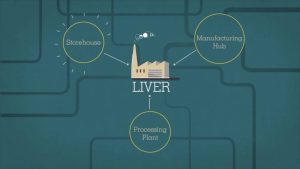
Liver Crash Course
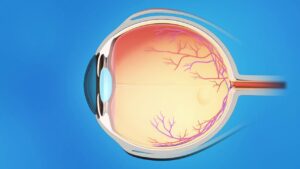
Laser Surgeries Video – 1

Top 5: Best BCAA Supplements | 2018
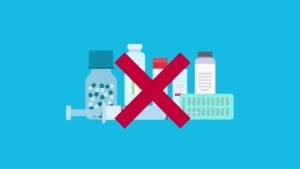
Testosterone & Androgenic Effects Video – 21
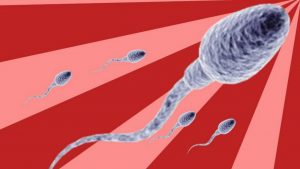
Difference Between Sperm and semen
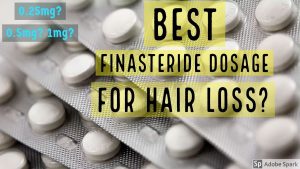
BEST FINASTERIDE DOSE FOR HAIR LOSS? 0.04mg vs 0.12mg vs 0.2mg vs 1mg

Physiotherapy in Obstetrics Video – 6

Full day of Eating – Extreme Fat loss Diet – Lose 10 Kg

Pilates Video – 5

21 Inner thigh Exercises – Adductor Variations

Abhyanga – Ayurved Video – 2

Cable OH Tricep Extension
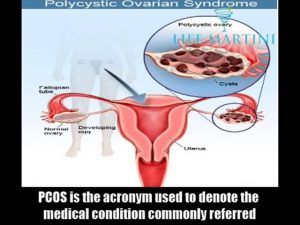
7 Possible Reasons For An Enlarged Uterus
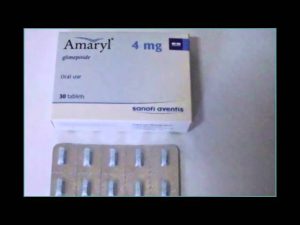
List of new diabetes medication- Side effects
